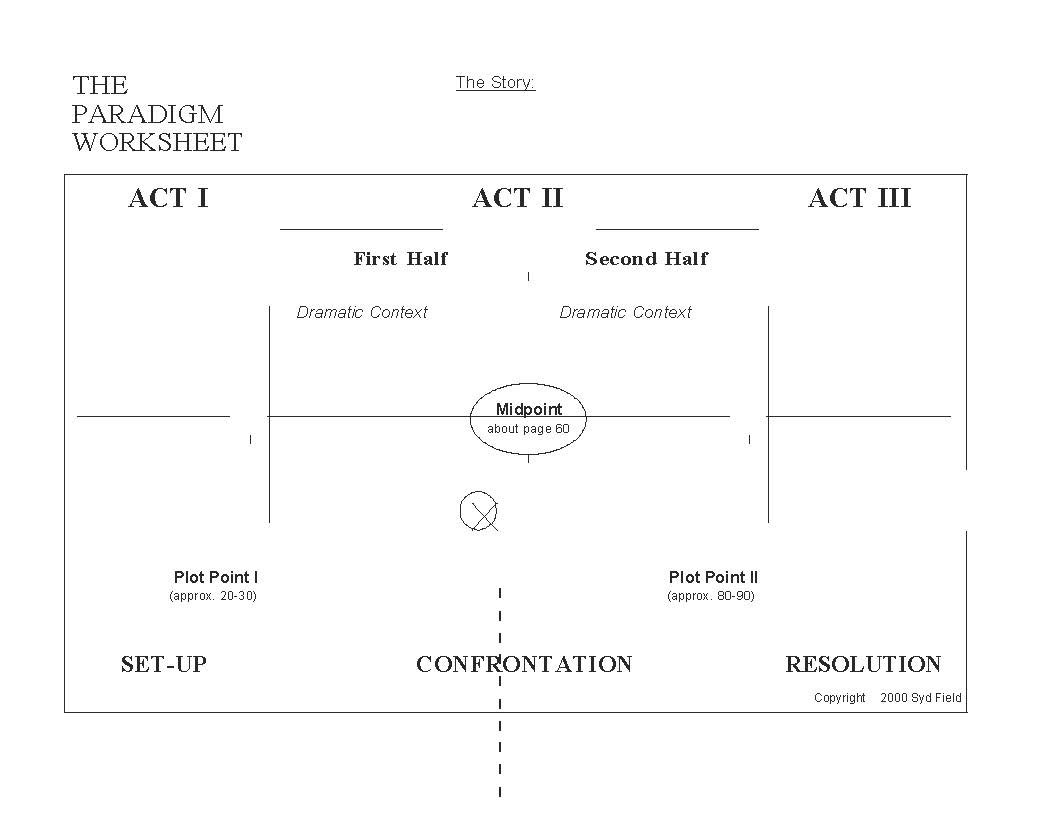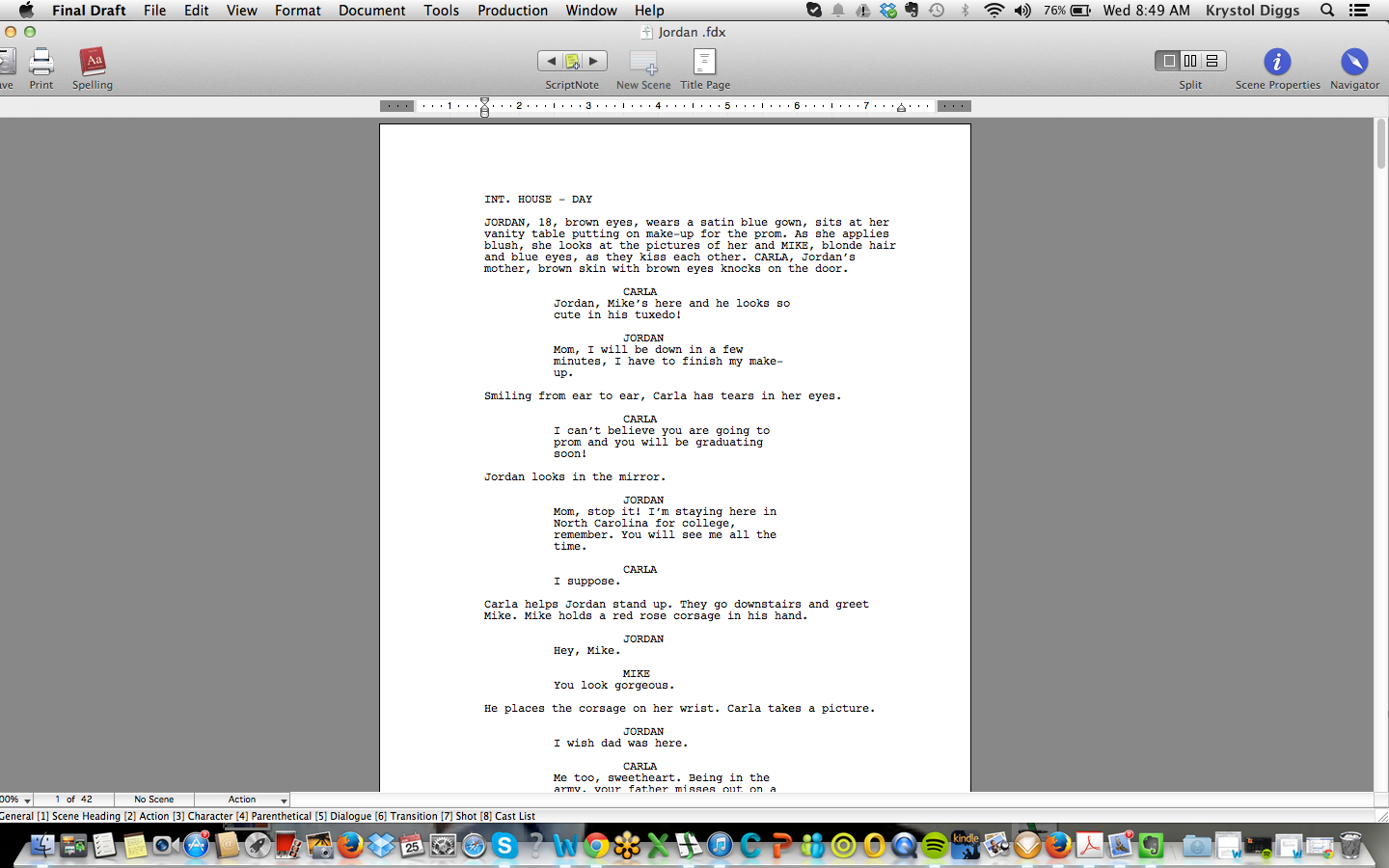 I know that many screenwriters hate this part of the process, but it is more necessary than you think. Writers, if you are interested in pitching your screenplay, there are many ways that you can do it. Now, I know that it maybe difficult to get the screenplay written, but you want to go from published to produced or sold right?
I know that many screenwriters hate this part of the process, but it is more necessary than you think. Writers, if you are interested in pitching your screenplay, there are many ways that you can do it. Now, I know that it maybe difficult to get the screenplay written, but you want to go from published to produced or sold right?
At least that is the idea. For the non-screenwriters, you may find someone who doesn’t want to produce your screenplay, but may want to buy it. Yes, I am talking, they give you money for your hard earned work! It rarely happens in Hollywood, but it does happen. How do we get to this point?
Well, once you have your completed screenplay, make sure that you not only register it with the Writer’s Guild, but also with Copyright.gov, this is protect anyone from stealing your work. If you are in the LA area, many writers go to what is a Pitch Fest. Pitch fest is where millions of executives, directors, producers, and investors go to hear about your movies. You have only 1-3 minutes to sell yourself to these great individuals. It’s more so set up like a panel. You have the big boys seats at a long table and TONS of people in line waiting to pitch. When it’s your turn you go to the microphone and pitch your work. If anyone liked the premise of your film, then they will give you their card and request your screenplay! Seems fairly easy, right? No! We writers are introverts; we don’t talk in public with tons of people! Warning alert! When pitching you are not able to be shy, you must strike while the iron is hot.
There are also pitch fests online as well. Yes, they are called Virtual Pitch Fests. This is where you pay about $40-50 dollars and you pitch to one of these great people online via Skype or through email. I know you must think it’s crazy to pay money to email a pitch, but hey, it works! These can be taken place with companies like Happy Writers, Stage32 (which is a GREAT networking site for film people), and Virtual Pitch. Myself personally, I have never went to any virtual pitch fests because I like to go on Stage32 and find the directors, executives, and producers, and I send them a query letter about my work. Yes, when you are trying to deliver unsolicited material, if you don’t know if they accept it or not, it’s ALWAYS best that you have them a query letter. If they are interested, they will follow up with a screenplay request.
Here is a copy of a query letter that I sent recently:
To: Company’s Name
From: Krystol Diggs
Dear Company,
I am an award-winning screenwriter who has completed a screenplay that I believe your agency would be interested in representing. This screenplay has won 2nd place in the Buffalo Niagara Film Festival in July of 2014. Please find a short pitch below for your review.
Title: If It Ain’t Broke, Don’t Fix It
Genre: Drama
Logline: A devious, manipulative woman hunts for evidence of her boyfriends ultimate betrayal while hiding her own mischievous deeds before saying “I do”
If this has piqued your interest, I’d be happy to send you a hardcopy of my screenplay for your consideration. I can be contacted via email or you can reach out to me at your earliest convenience.
Warm regards,
Krystol Diggs
See how simple it is! For a query letter, you are basically just teasing them a little. It’s all about the loglines! A logline is more like a synopsis in the book world, except it is only one sentence. Let’s quickly look at the most important components of a log line. Ultimately, you need to get across the following information: The protagonist (don’t use their names, just description — for example ‘An alcoholic surgeon…’) The goal of the protagonist (this is usually in line with your 2nd act turning point — ‘An alcoholic surgeon must fight for his job…’) The antagonist (and the obstacle of the antagonist — ‘An alcoholic surgeon must fight for his job after a disgruntled patient accuses him of malpractice…’) We also need to recognize how these components fit into the structure. As I said before, there are numerous formats you can use, and you should always adjust this to suit your particular story. But this structural formula is a great starting point:
When [INCITING INCIDENT OCCURS], a [SPECIFIC PROTAGONIST] must [OBJECTIVE], or else [STAKES].
My boss for an internship that I am doing says, “ The logline is what makes it.” When at a pitch fest, your pitch is your logline. You say that, if people like it, they will give you their card and say, send me your screenplay. But, there are also others on the Internet who may post in groups, websites, etc and tell you what kind of script they are looking for. You will usually find these on websites like “ Ink Tip and International Screenwriters Association.” They are good sites also, but Ink Tip costs money. Here is an example of a pitch that I emailed to someone. ( Some pitches, they require you to add more than just a logline)
Krystol Diggs
Feature Film: I’ll Never Tell
Genre: Thriller
Contact: (Add phone number and Email address)
Logline: Honesty Cummings keeps a terrible secret from her family while her
mother also hides a skeleton in her closet.
Synopsis: Just like any other high school girl, Honesty has a crush on her
teacher. While batting her eyes at Mr. Henrey, there is someone who has an
obsession with her. Afraid to tell anyone, she keeps her secret to herself only to
find out that her mother has a skeleton in her closet, too. But her mother’s
secret is one that will shock everyone, even Honesty
This is pitch that I emailed to a company who was looking for thriller scripts. They requested the screenplay, but then they passed on it. That is okay. You will get a lot of rejection on this business. Just remember to NOT take it personal. After all, this is a business and everyone will not like what you write. You now have your screenplay, logline written (there are always hard), and you ready to pitch! Best of luck to you and I hope to see your work on screen!
Bio: Krystol Diggs has been writing since the age of 15. Her debut novel Through Her Eyes was the jump-start of more to come from this author, and now screenwriter, and publisher. Krystol has received her Masters degree at Full Sail University with an MFA in Creative Writing. She has written four screenplays, two short films and a host of other books in the various genres of fiction, thrillers, erotica, young adult and drama which can be found on amazon.com. She has also written for magazines such as Raw Talent Magazine and Bougie Magazine, interned at IFashion Network as a writer and now is a reporter/journalist for CNN’s Ireport section. Krystol is currently attending Walden University where she is studying for her PhD in Psychology
Reach out:
Blog: www.writingsbykrystol.com
If you found this post helpful, please use the Share buttons to spread the word about it.
Don’t have a copy of Become A Successful Author? What are you waiting for?Become A Successful Author is used in the “How To Write That Novel” course at Chicago State because it covers everything from branding to writing to editing to formatting and uploading electronic and print books to marketing and so much more. Your time is money. Look at all the time, thus money, you’ll save by ending your search for answers: Purchase Become A Successful Author for only $4.99 (eBook) or $8.99 (print) from: Amazon (US), Amazon (UK), Barnes & Noble

